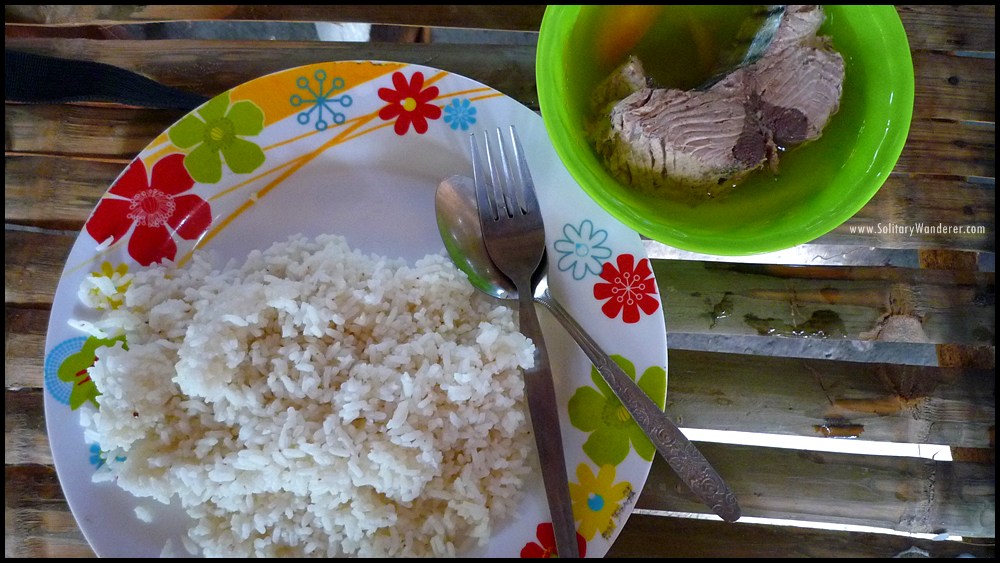
This website uses cookies so that we can provide you with the best user experience possible. Cookie information is stored in your browser and performs functions such as recognising you when you return to our website and helping our team to understand which sections of the website you find most interesting and useful.

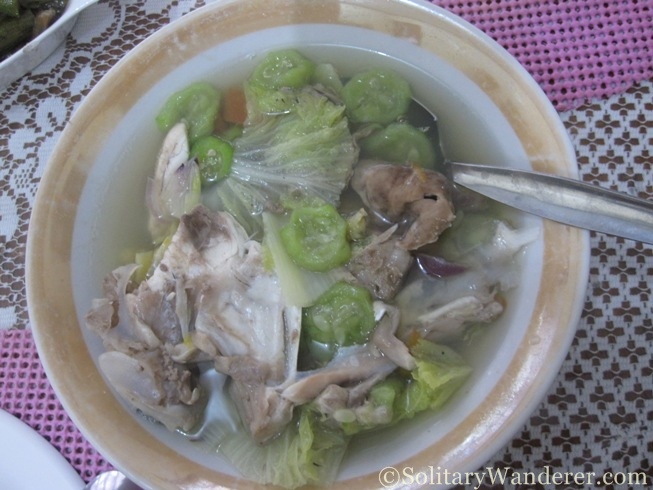
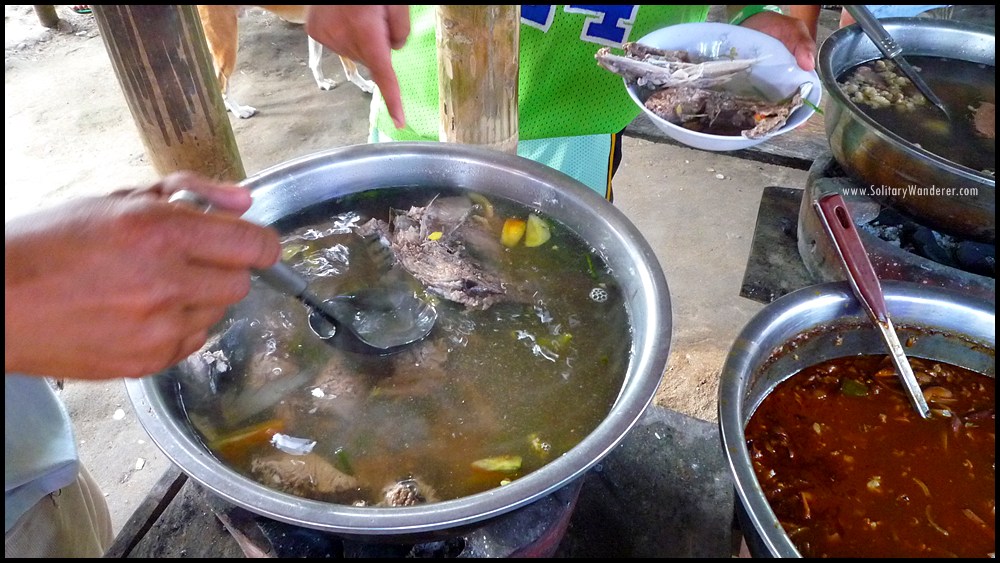
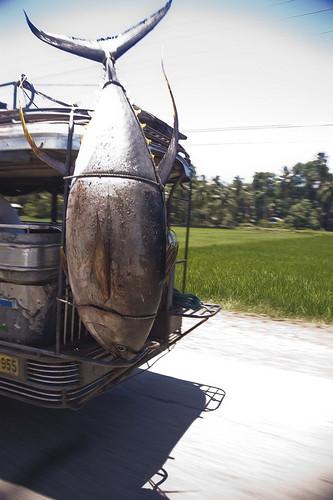
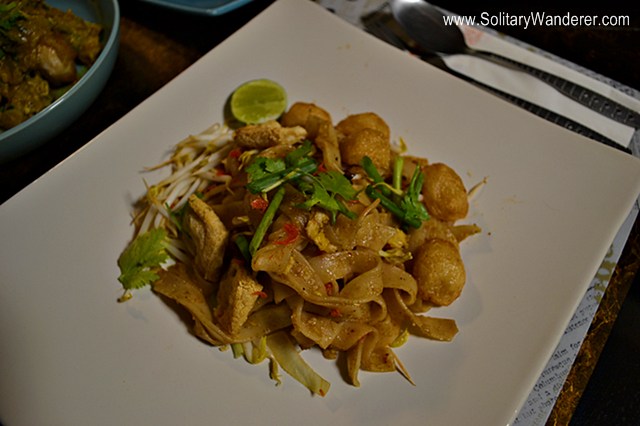

15 Comments. Leave new
@ rdsean: Super dali lang lutuin nito. Try mo na! hehe
wow ibang klase to.. i like tinola a lot, pero chicken palang natitikman ko.. gusto ko siyang subukan.. 😉
@ Kuya Ed: Whenever I go home, it’s the first thing I ask for, aside from pinaksiw. hehe
@ Timothy B. Smith: Yes, there’s a lot of good things in the Phils. Thanks for dropping by and do keep reading!
This fish are so yummy..indeed Philippines boast lots of natural resources and this things are a value to the filipino people. My wife is a filipina and i have been so blessed in meeting her. She showed me the part of Philippines that was not seen by other foreigner.
It’s good that you chose Tinola, our favorite dish in Surigao especially in the islands, as entry to the blog carnival. I cannot dissociate myself with Tinola. Even in travels abroad, I used to peep at food containers in restaurants wishing to find my favorite dish. . . in vain.
@ Red: Sometimes, our memories can play tricks with us and make things better than they actually are in real life 🙂
@ tinathefrustratedtraveller: I have seen a lot of those. As deep sea fishes, they can really get as big as possible.
@ Hashy: Yes, I’ve eaten a lot of bangse. They’re also good as tinola. Thanks for dropping by!
Bangse (Flying Fish) is very common in Surigao del Sur especially in Tandag. Tinola, Paksiw, Kinilaw, and Dried Fish is the usual stuff my cousins always prepare every time I visit them. 😀
wow! Fish tinola! very interesting! 😀 Oh, and the fish is huge! D pa ko nk-kita ng ganyan kalaki 😀
Your memories are so clear they had my mouth watering! What is it about nostalgia that enhances the flavour of certain dishes??
Have a great weekend!!
@ Renevic: We usually use malunggay and other leafy veg with the tinola. Try it, it’s delicious.
@ BertN: The reddish fish are very good: there’s maya-maya (snapper fish), talakitok (cavalla), and malapunti (goat fish or red mullets). The tuna and matambaka (trevally or purse-eyed scad) are commonly used because they’re relatively cheaper.
I love tinola but I did not know that it is also prepared with fish instead of chicken. I’ll give this a try. Do you know what kind of fish makes the best tinola?
try Dangit ang Lapu-LApu 🙂 we back then, I used to cooked with it 🙂
wow, i thought tinola is for chicken only. anyway, i’ll ask my mother to cook tinolang isda, yown. 🙂